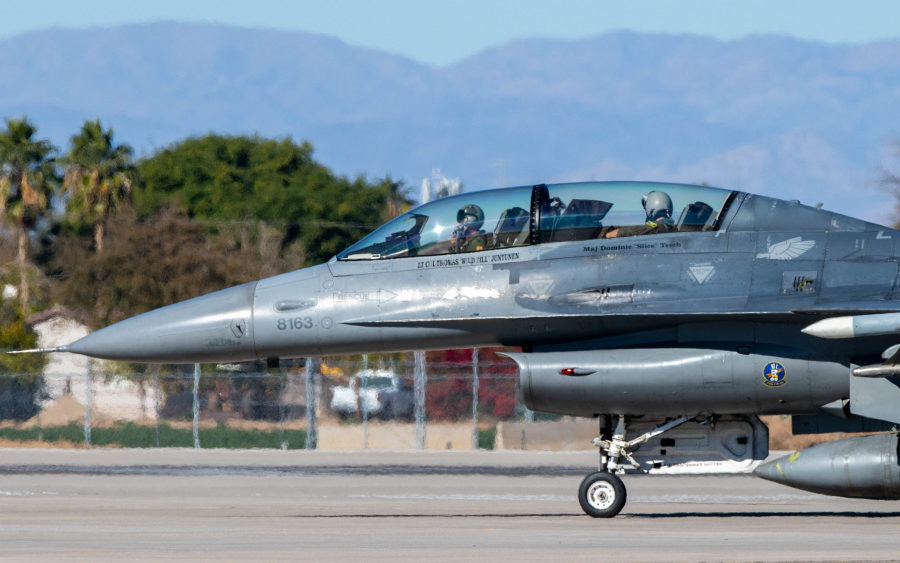The cost to operate the Air Force’s aircraft grew by more than $1 billion last year, largely the reason for cuts in flying hours, senior Air Force officials told lawmakers June 22. They added that the service would appreciate Congress adding money to their fiscal 2022 budget request for that purpose.
During a Senate Armed Services airland subcommittee hearing, Sen. Dan Sullivan (R-Alaska), expressed concern that the Air Force in its fiscal 2022 budget request cut 87,000 flying hours from the prior year’s request. Lt. Gen. Joseph T. Guastella, the deputy chief of staff for operations, said the hours were cut because weapon system sustainment costs had risen.
The sustainment and flying hours accounts go “hand in hand,” Guastella said. “If we can fund the weapon system sustainment that generates aircraft availability, [then] we can turn around and lay in the flying hours.” If Congress were to add funding for weapon system sustainment with the aim of increasing flying hours, he said that would be “greatly valued” by the service.
“Aircrews today out there are flying the absolute minimum number of hours they need every month to stay ready,” he said. “We’re offsetting that with simulation events, but we’re as low as we can be. We want to turn that corner.”
Other Air Force officials have testified in recent weeks that flying hours fell because the Air Force wasn’t able to execute the number of hours it was funded to fly.
Guastella added that “for what it’s worth right now … despite COVID, we’re at 96 percent of executing what was laid in in the flying hour budget this year. We’re working it really hard, but those aging aircraft just make it harder and harder.”
Lt. Gen. David S. Nahom, deputy chief of staff for plans and programs, said sustainment “is going up well in excess of inflation … in fact, it’s actually approaching $1 billion a year, just in increased costs. And this year, in ’22, we were not able to fund that increase.”
This is of concern, he said, because “we’re funded at about 87 percent of our weapon system sustainment [requirement], and that’s going to go down to 80 percent.”
In addition to the challenges of maintaining an increasingly aged fleet, “a lot of new platforms are coming on with …contractor logistics support. And many of these contracts are expensive and driving the increase,” Nahom said.
The Air Force included about $1.2 billion worth of WSS items on its unfunded priorities list across a number of platforms. This includes about $360 million for the F-35 and $825 million for other items, such as U-2 operations and EC-37 spare engines.
In its fiscal 2022 budget presentation May 28, the Air Force said flying hour funding was being reduced from $7.8 billion to $7.6 billion. Maj. Gen. James D. Peccia, deputy assistant secretary for budget, said the reduction was due to “the change in global posture overseas,” meaning reduced operating tempo in Afghanistan, which he said accounted for 66,000 of the hours that were cut.
During the hearing, Nahom said “the one way we’re getting after this in our budget is, we’re recapitalizing our fleets—to more modern aircraft that we can fly at a higher rate, so we can generate those flying hours for our pilots.”
The pilots “badly need that flying experience,” he said. “Synthetic is good [as well as] the virtual environment, and we have to do that as well, but getting them in the air” is also critical.
